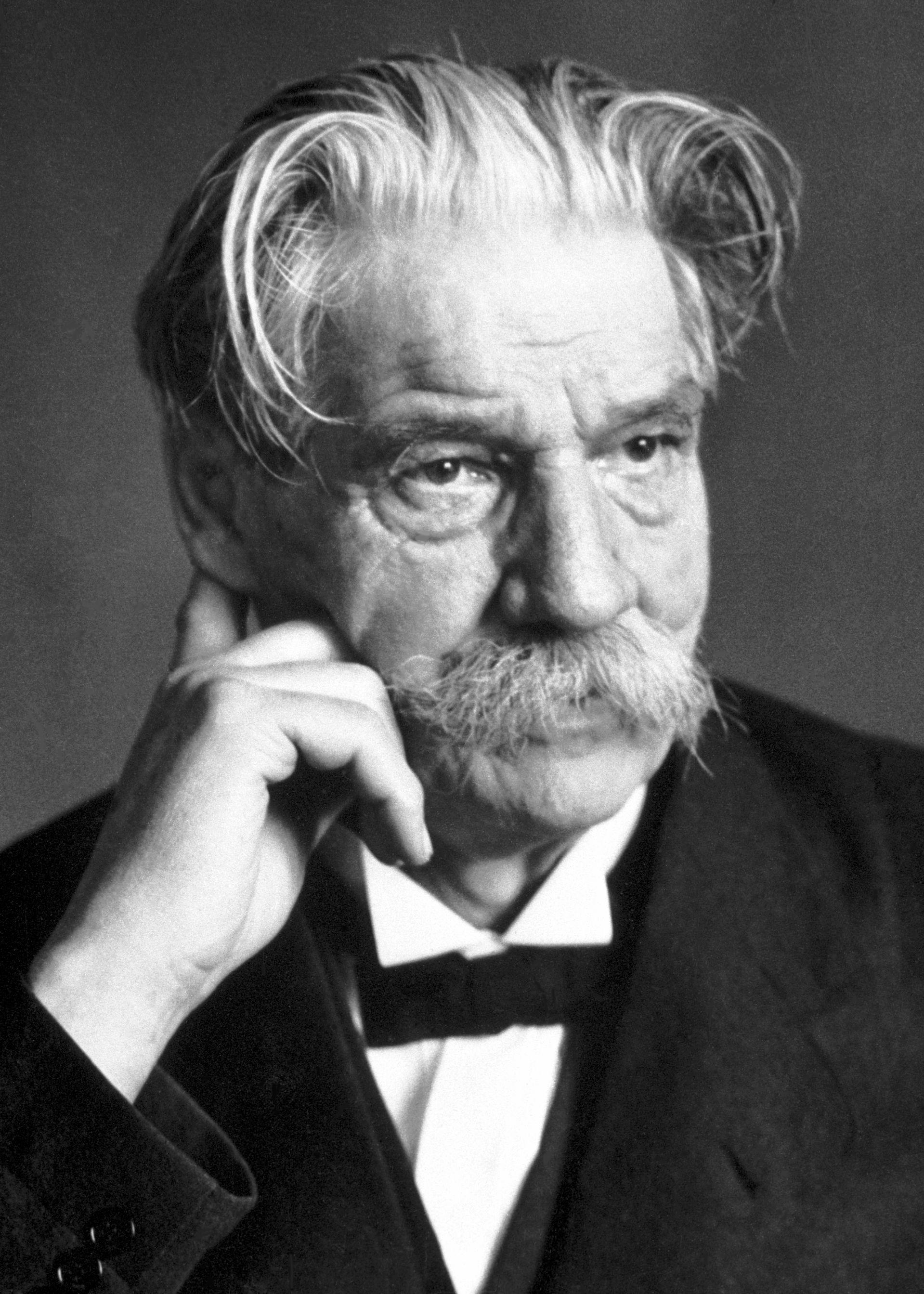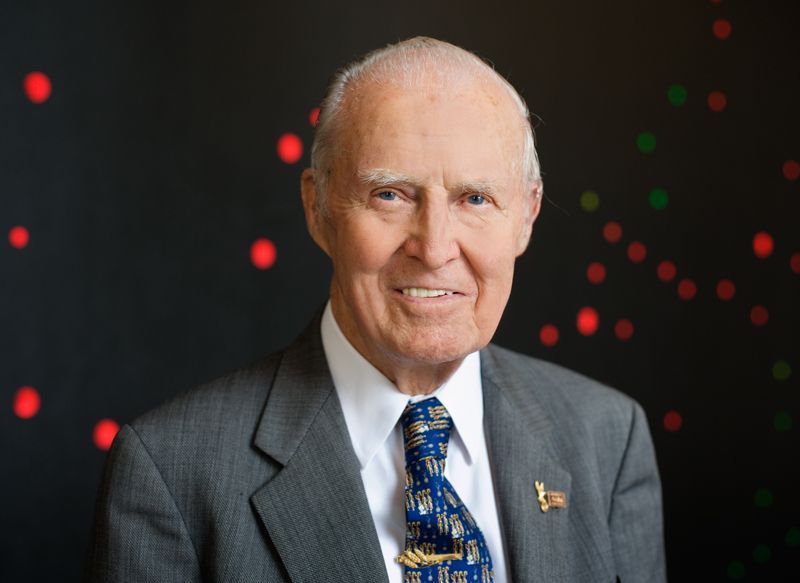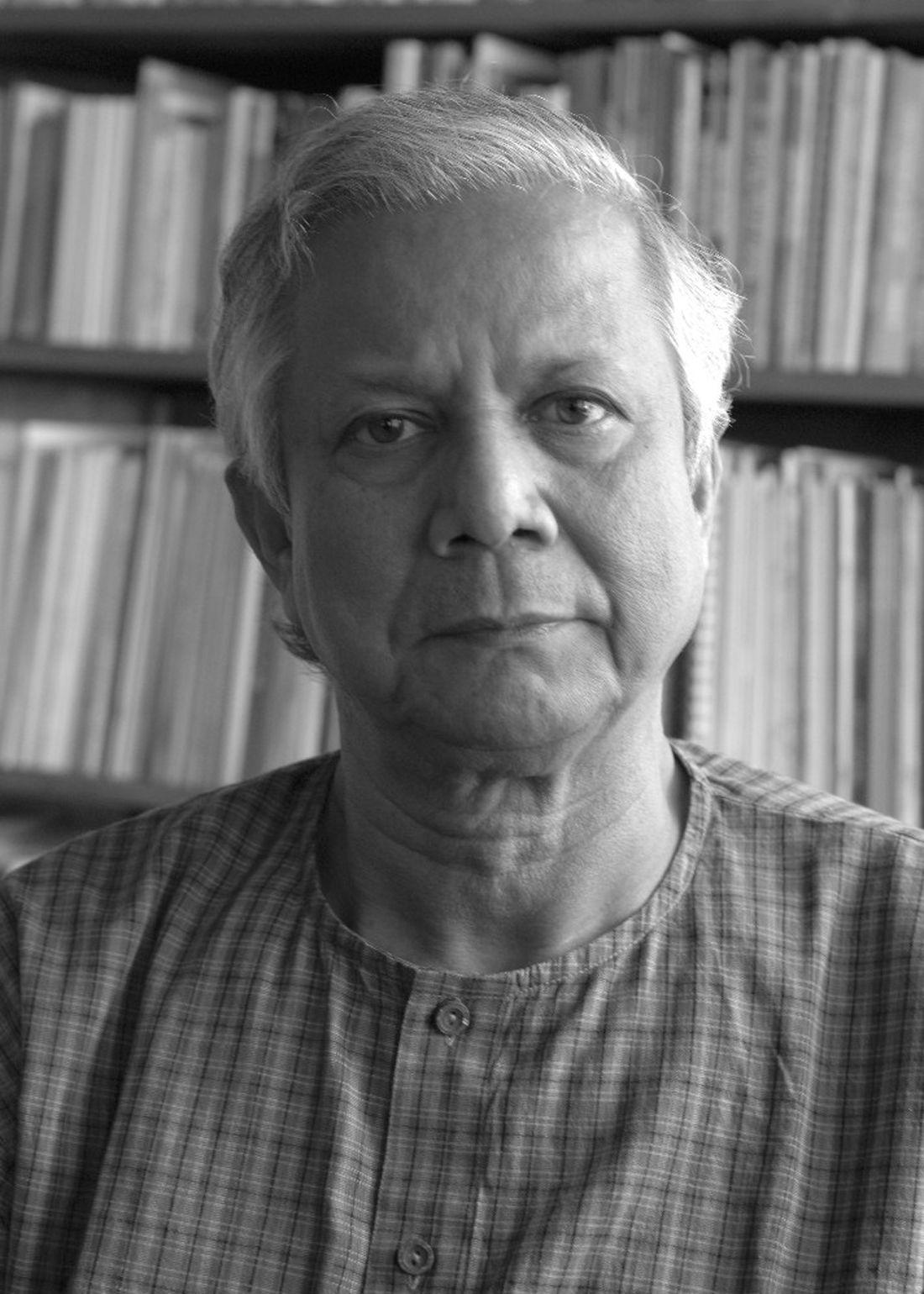The World Needs More Humanitarian Heroes
The Norwegian Nobel Committee has always supported humanitarian efforts. This is in keeping with the purpose expressed in Alfred Nobel’s last will and testament, to promote “fraternity among nations.” By calling attention to activities mitigating the horrors of war, the Committee hoped to eliminate the bitterness and revanchist thinking that could lead to new wars.
The Nobel Committee has repeatedly selected laureates involved in humanitarian efforts providing food, clothing or medicines to those in need. As early as 1901, Henry Dunant was recognized for founding the Red Cross (ICRC) to aid victims of war. Fridtjof Nansen’s efforts on behalf of prisoners of war and refugees after WWI were held up as an example. The same was true for many others who showed that, through pragmatic action, it was possible to alleviate human suffering.
"Peace is more than just absence of war. It is rather a state in which no people of any country, in fact no group of people of any kind, live in fear or in need."
Here are five examples to be inspired by:
Albert Schweitzer — “Le Grand Docteur”
Doctor, theologian, philosopher and musician, Albert Schweitzer believed in the principle of “reverence for life”.
He held organ concerts internationally to finance his medicine studies. He also raised funds for materials, medicine and equipment for his hospital in Lambarene, Gabon. This hospital became his life’s work. He dedicated his life to treating patients suffering from a host of illnesses.
Albert Schweitzer received the Nobel Peace Prize for 1952.
"His work has made the concept of brotherhood a living one, and his words have reached and taken root in the minds of countless men." - Gunnar Jahn, Chairman of the Nobel Committee
Fighting Starvation
In 1949, the Nobel Peace Prize was awarded to the chief architect of the UN’s Food and Agriculture Organization . As director-general of the FAO, John Boyd Orr helped to save millions of people from starvation after WWII.
In 1970, the Nobel Peace Prize was awarded to Norman Borlaug. In the 1940s and 50s, agricultural scientist and plant pathologist, Norman Borlaug, worked in Mexico on a research program seeking to enhance Mexico’s self-sufficiency in grain production. Borlaug promoted better cultivation methods and developed a robust wheat strain — “dwarf wheat” — adapted to conditions in Mexico. In 1956, Mexico became self-sufficient in wheat production for the first time, and Borlaug’s success made him a sought-after adviser.
During the severe food shortage in India and Pakistan in the 1960s, he introduced dwarf wheat strains to India and Pakistan, leading to a dramatic rise in wheat production, and saving millions from the threat of famine.
Borlaug became known as the father of the “Green Revolution” and worked tirelessly throughout his life to increase world food production.
"The first essential component of social justice is adequate food for all mankind. Food is the moral right of all who are born into this world. "
With Refugees
The first High Commissioner for Refugees, Fridtjof Nansen, was awarded the Nobel Peace Prize in 1922 for providing aid to Russian refugees. The League of Nations carried on Nansen’s work through the Nansen International Office for Refugees, which was the recipient of the Peace Prize in 1938. The legacy of Fridtjof Nansen was upheld throughout the 20th century. The UN Refugee Agency received the Peace Prize in both 1954 and 1981.
By awarding the Nobel Peace Prize to the UNHCR, the Nobel Committee wished to raise awareness of the 1951 UN Convention relating to the Status of Refugees. The Convention stipulates that refugees should be ensured international legal protection and be granted fundamental rights in their host countries.
In the early 1950s, most of the world’s refugees were found in Western Europe and the Middle East. At that time, there were roughly 200 refugee camps in Austria, Greece, Italy and West Germany. Large groups of refugees were also found in Iran, Jordan, Lebanon and Syria.
When the UNHCR was awarded the prize for the second time, in 1981, the situation was very different. Enormous efforts had been made to protect refugees in Africa, Asia and Latin America in the 1970s. The dramatic situation of the Vietnamese boat refugees helped to put the refugee problem on the international agenda in the early 1980s. The human rights violations following their flight from the communist regime in Vietnam received extensive coverage in the international media .
"The Office of the United Nations High Commissioner for Refugees is a bridge linking the world community conceived as a community of states and the world community conceived as a community of men and women. We have a duty to the refugees, and this is a duty to ourselves and the very basis of our own existence."
Protecting Children
Created in 1946 to provide food, clothing and health care to European children facing famine and disease after World War II, UNICEF was supposed to be a temporary relief agency. It became a permanent part of the United Nations in 1953, and has since become a global organisation, assisting children everywhere. By awarding the 1965 Nobel Peace Prize to UNICEF, the Nobel Committee emphasized children’s rights, for the first time, adding a new dimension to the promotion of peace.
The nomination archive reveals this report by advisor Torkel Opsahl:
«UNICEF’s work for peace takes the form of action, rather than words. It is fundamental, extensive and has a positive impact. In my opinion, therefore, it must be valued higher than most of the proposals I have had to deal with.»
"The welfare of today’s children is inseparably linked with the peace of tomorrow’s world."
Poverty is Unnecessary
Common banks refuse to grant loans to people with nothing to offer as security. Luckily, Professor Muhammad Yunus had a simple idea: lending poor people a small amount of money — a microloan — to enable them to start their own businesses and thereby climb out of poverty. Yunus presented his idea to the established banks, but they were sceptical. The bankers did not believe that poor people would be able to repay the money they had borrowed. Therefore, Yunus started lending people money from his own pocket, and gave borrowers advice about how to put it to the best use. He soon saw that people repaid what they had borrowed and, in 1983, he set up Grameen Bank in Bangladesh.
The Grameen Bank provides loans and other services to people who would otherwise have no access to such assistance. Loans are granted for income-generating activities, such as purchasing farm animals, which can be turned into goods for sale. Families and local communities prosper as a result of the bank’s services, and it has inspired similar efforts worldwide.
The Grameen model has given people worldwide the chance to create a better life for themselves and contribute to local development. Muhammad Yunus and Grameen Bank were awarded the Nobel Peace Prize in 2006. The Nobel Committee described Yunus as a leader who had succeeded in translating his vision into practical actions — to the benefit of millions.
"Poverty is a denial of human rights. If we raise people out of poverty we can build peace both within society and between societies."
The world needs more humanitarian heroes
Courageous, resolute and ingenious, the laureates featured here stood for rights many of us are lucky enough to take for granted: food, health care, education, but also protection and dignity.
“Let us never tire of helping the victims of injustice and oppression. He who puts his faith in the restoration of human dignity cannot be wrong.”
- Gerrit Jan van Heuven Goedhart, UN Refugee Agency
World Humanitarian Day takes place every year on 19 August to recognize the aid workers who risk their lives in humanitarian service and mobilize people to advocate for humanitarian action.
This article was first published on Medium by Adeline Cuvelier, Museum Educator at the Nobel Peace Center.
Share:



